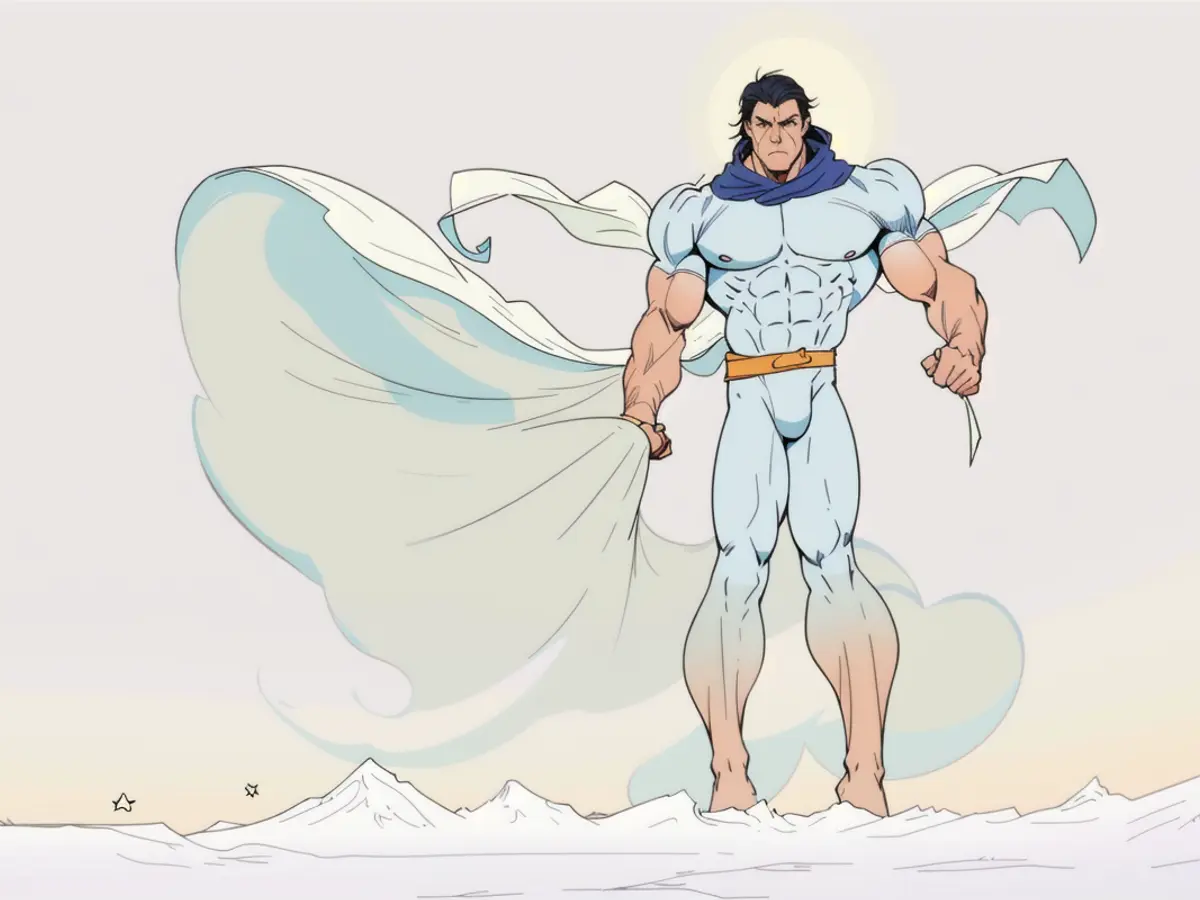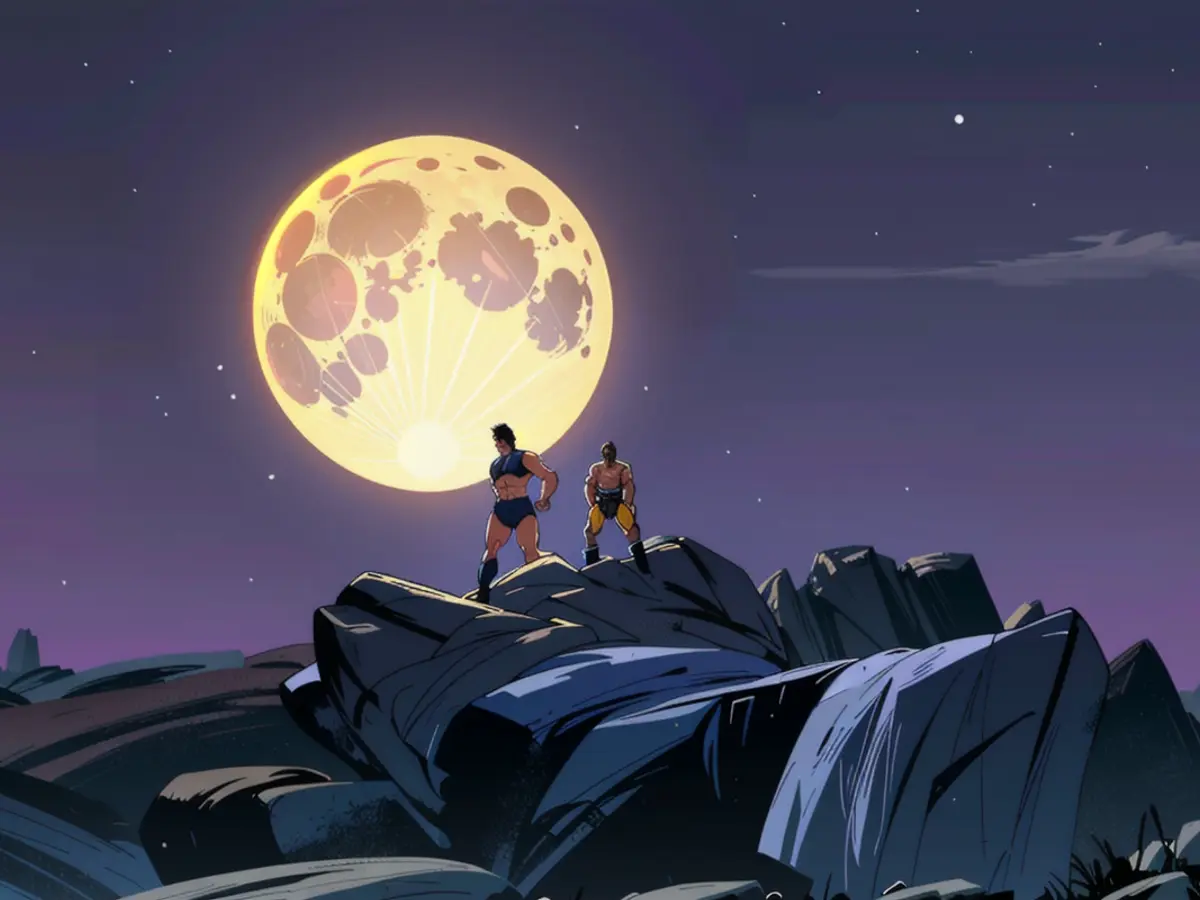Witness the Rise of the "Cold Moon" alongside Christmas Stars: This Week's Celestial Sight
Each Monday, I highlight the celestial gems of North America's night sky for the week ahead, which are also visible for mid-northern latitudes in the northern hemisphere. But remember to check my main feed for more comprehensive articles on stargazing, astronomy, eclipses, and more.
The Cosmic Scene: Dec. 9-15, 2024
There's plenty to gaze upon in the night sky this week, from a rising full moon to a remarkable meteor shower. After dark, make sure to explore beyond the obvious, as there are numerous celestial delights to discover. In the west, you'll find radiant Venus, followed by Jupiter – a few days past its annual opposition – amid the star Taurus, with the magnificent Pleiades, an open group of seven striking stars, hovering above and visible to the naked eye. As Mars rises, you'll have a truly stellar planetary procession at your fingertips.
Here's a breakdown of the cosmic happenings this week:

Thursday, Dec. 12: The Moon Meets The Pleiades
Despite the waxing gibbous moon's dominance in the night sky, you'll still be able to catch a glimpse of the Pleiades between it and Jupiter, if you look east after dark.
Friday, Dec. 13: The Geminid Meteor Shower Reaches Its Peak

Although this year's Geminid meteor shower won't reach its full potential due to the presence of a nearly-full moon, don't rule out the chance of seeing a colorful streak in the sky during this week, which could very well be a Geminid, originating from the constellation Gemini. The asteroid 3200 Phaethon is responsible for this celestial display.
Sunday, Dec. 15: Full 'Frost Moon' Emerges With Protective Constellations
The final full moon of 2024 and the third in the northern hemisphere's autumn, the 'Frost Moon' – also known as the 'Long Nights Moon' and the 'Moon Before Yule' – will rise accompanied by four prominent stars. As it ascends and the twilight fades to darkness, you'll see Capella in Auriga to its upper left, Pollux in Gemini to its lower left, Jupiter to its upper right, and Betelgeuse to its lower right.

The Reasons Behind The 'Frost Moon' Being The Highest Full Moon Of The Year
The 'Frost Moon' will be the highest-positioned in the northern hemisphere's sky, mirroring the sun's path across it. As the sun rests low in the sky at this time of year, so must the full moon – positioned directly opposite the sun – be at its highest height. Additionally, the full moon will remain in the night sky more than any other full moon during the year.
The provided times and dates are applicable to mid-northern latitudes. For precise, location-specific information, consult online planetariums like Stellarium.
Wishing you starry nights and awestruck moments.
This week's sky offers a spectacle, with a full moon and a meteor shower among other celestial gems. If you're a stargazer, don't miss the Geminid meteor shower on December 13, even though it might be slightly affected by the presence of a nearly-full moon. The 'Frost Moon' or 'Long Nights Moon' on December 15 is another key event, appearing at its highest in the sky for the year due to the sun's low position. And for those in the northern hemisphere, December's stargazing offers the opportunity to witness a potential supermoon on December 2024, depending on your location.






